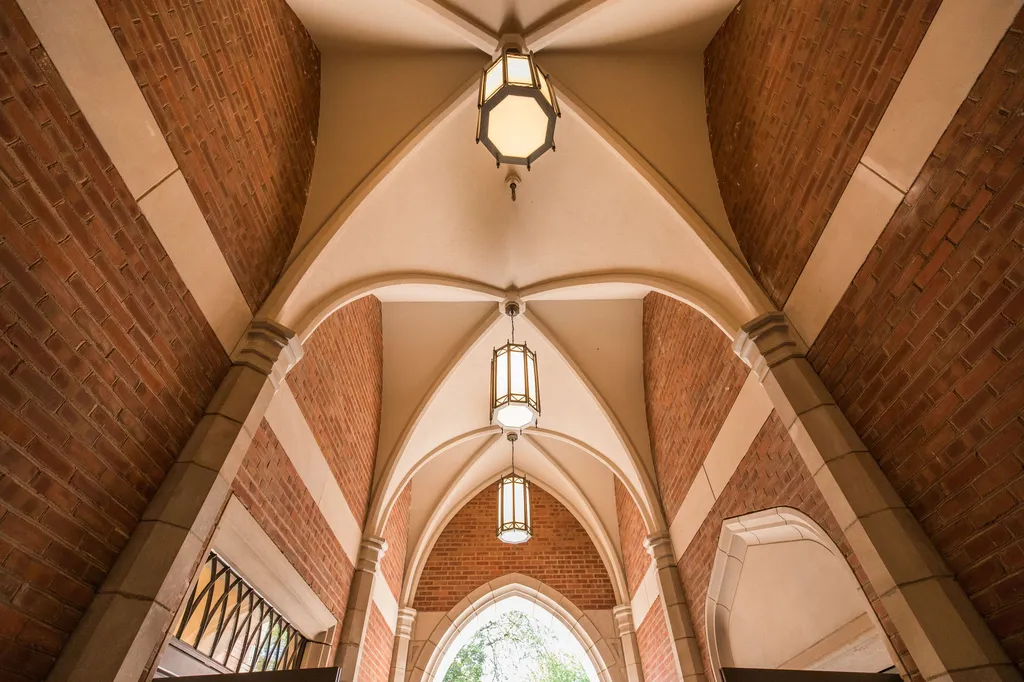In the heart of China, ancient brick-vault halls stand as testaments to architectural prowess, but their preservation has long been a challenge. Now, a groundbreaking study led by Xueli Wang from Southeast University has developed a structural quantitative safety evaluation method tailored to these historic structures, potentially revolutionizing their conservation and offering insights for the energy sector’s heritage buildings.
The research, published in the *Journal of Asian Architecture and Building Engineering* (known in English as the *Journal of Asian Architecture and Building Engineering*), systematically addresses the unique structural features and construction techniques of brick-vault halls. These structures, with their distinctive vaulted roofs and brickwork, have long puzzled conservators due to their complex structural behavior.
Wang and her team employed a sophisticated approach, integrating finite element analysis with an improved analytic hierarchy process (iAHP). This method allows for a more objective assessment of structural safety, replacing traditional expert scoring with a computationally derived importance coefficient system. “We compared two common methods in finite element simulation analysis and found that the changing elastic modulus method is preferable,” Wang explained. This method enabled the team to determine the importance coefficients of the structural components of a typical brick-vault hall.
The evaluation results were applied to the brick-vault hall of Kaiyuan Temple, revealing a structural safety level of 2, indicating moderately safe. This method has been successfully applied to multiple brick-vault halls, demonstrating its adaptability and accuracy. The potential applications extend beyond brick-vault halls, offering a promising framework for the preventive conservation of other types of masonry heritage.
The implications of this research are significant for the energy sector, particularly in the conservation of historic buildings that house critical energy infrastructure. By providing a more objective and accurate assessment of structural safety, this method can guide informed decision-making, ensuring the preservation of these heritage structures while maintaining their functionality.
Wang’s research not only enhances the objectivity of structural assessments but also paves the way for future developments in the field. As the energy sector increasingly recognizes the value of heritage conservation, this method could become a standard tool for assessing and preserving historic buildings. The study’s success in applying the evaluation framework to multiple brick-vault halls underscores its potential for widespread adoption and adaptation.
In a world where the past and present intersect, Wang’s work offers a compelling narrative of innovation and preservation. As the energy sector continues to evolve, the lessons learned from ancient architecture could very well illuminate the path forward, ensuring that our heritage endures for generations to come.

